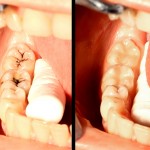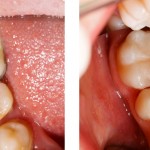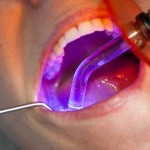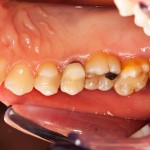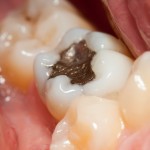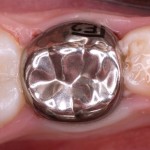
Only 7 small studies at high risk of bias were available for this review of preformed paediatric aesthetic crowns. They provide little evidence on which to r change of practice particular for posterior teeth where the use of stainless steel crowns is recommended.
[read the full story...]